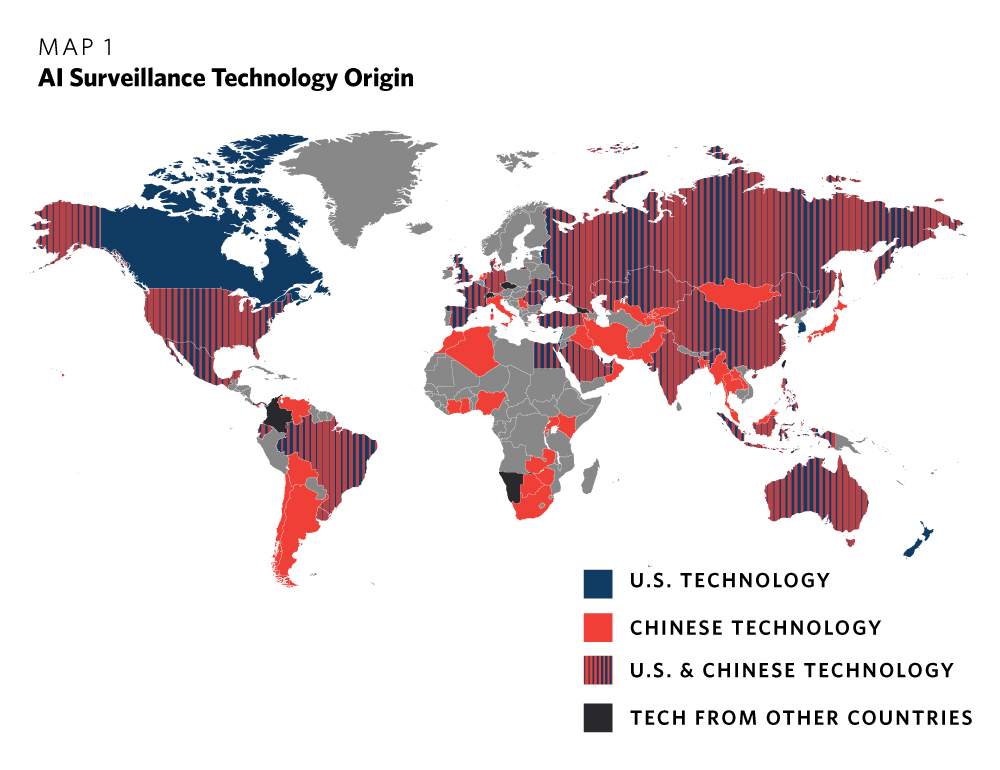Chrome’s AI-Powered History Search: A Double-Edged Sword
Google is working on a new feature in Chrome that gives artificial intelligence control over a user’s browsing history. This means Chrome users may soon be able to search their browsing history using natural language, with the AI returning “improved results” from the address bar and the history page.
Searching made easy
The feature stores the contents of visited pages locally in encrypted form on the device. However, when the feature is used, search data is submitted to Google, including “general page content” as well as page titles and URLs. This raises concerns about user privacy, as Google notes that the data may be accessed by human reviewers “to improve the feature”.
Data privacy at risk
Google displays a warning to users who manage the feature in Chrome, stating that data is always sent to Google when the feature is used. This includes “history search terms, page content of best matches, and generated model outputs”. Furthermore, Google confirms that reviewers gain access to “page content of best matches”, which could potentially include personal information such as personal websites or social media profiles.
Google’s access to data
The good news is that the feature can be turned off or on in Chrome. However, it remains to be seen whether it will be enabled by default or not. If it is, it may go against GDPR regulations in the EU.
Turning the feature on or off
The concept of searching across URLs, page titles, and content is certainly desirable, provided that data stays local and users have full control over the feature. Extensions such as Memex were created in the past to allow users to search page contents as well.
Memex, a precursor to AI-powered search
Google’s work on the AI-powered history search feature is ongoing, and it is possible that things will change in future releases or that the entire feature is scrapped before official release.
The future of search
Would you use an AI-powered history search feature? Share your thoughts in the comments below.


 Photo by
Photo by 











